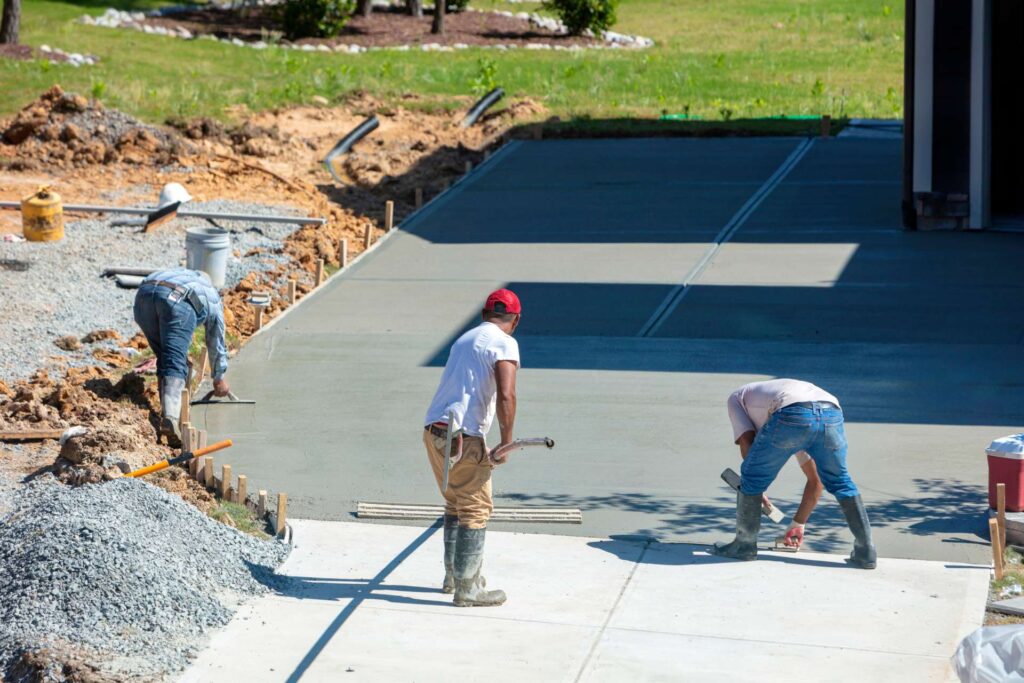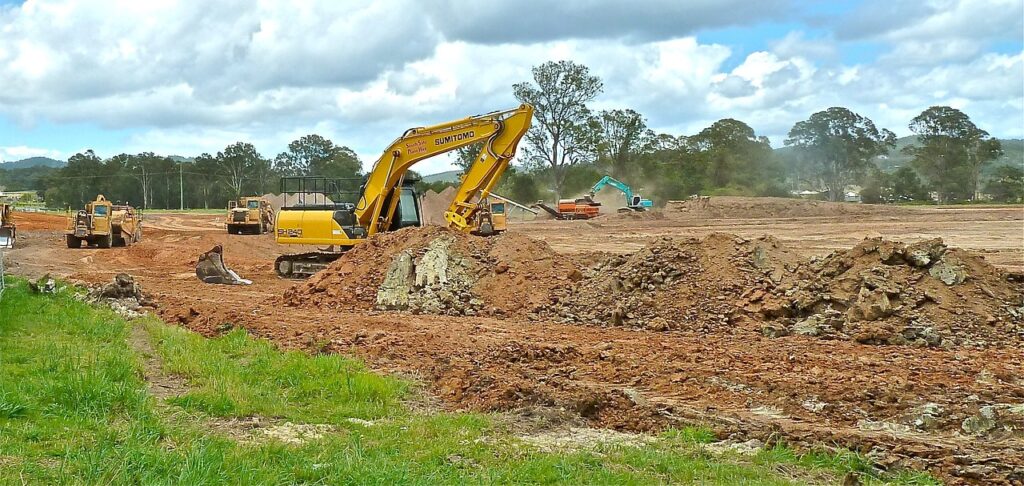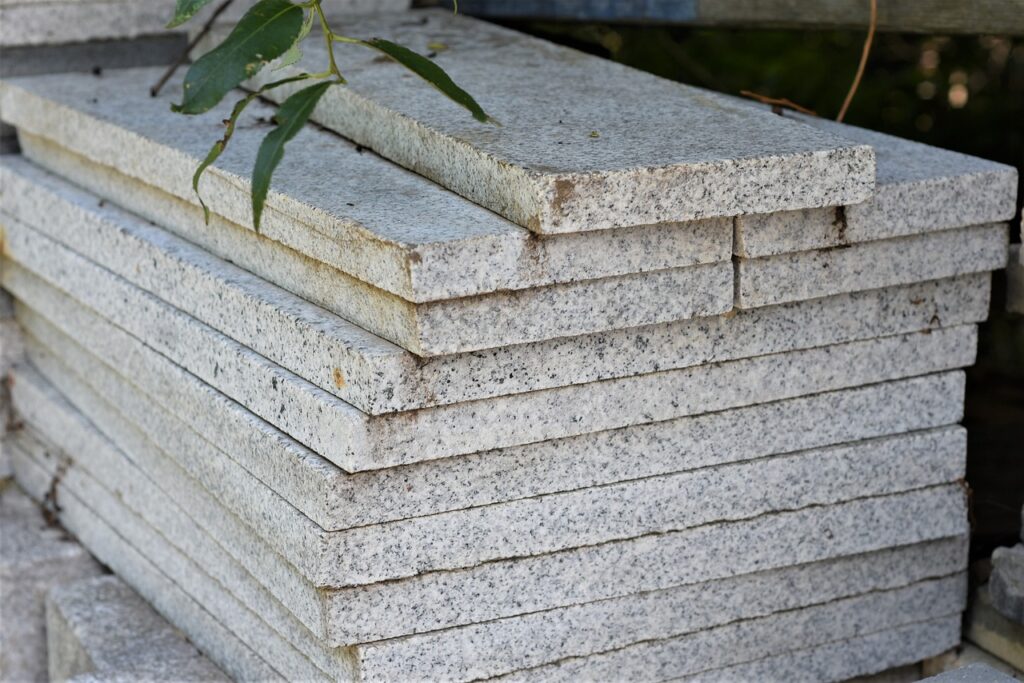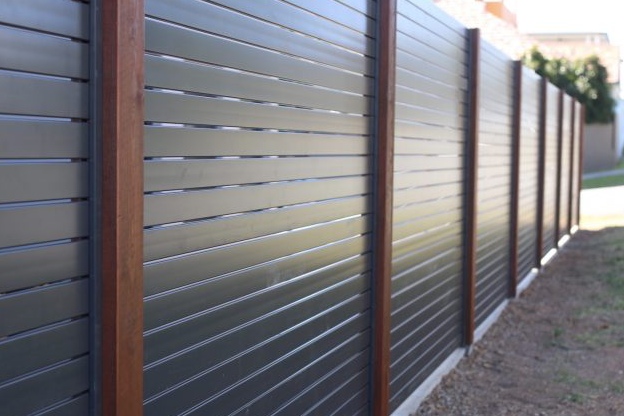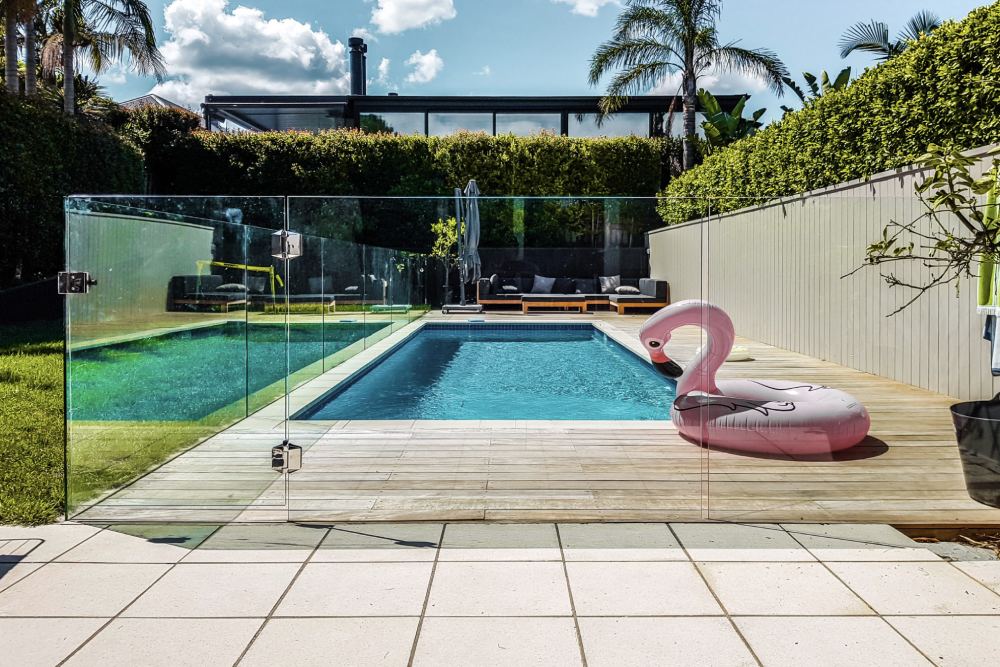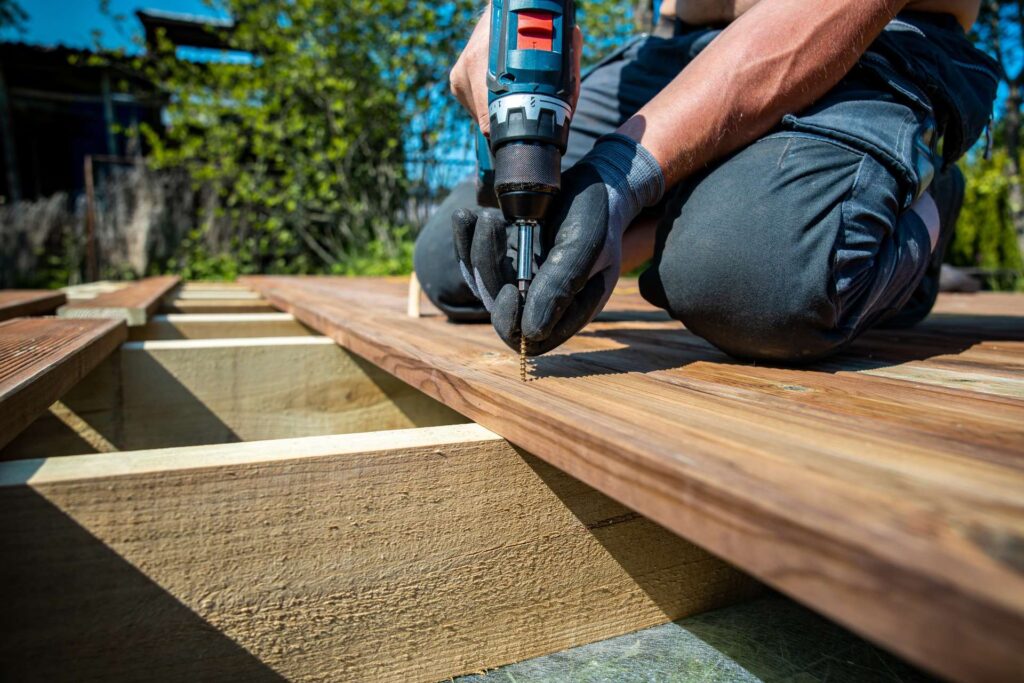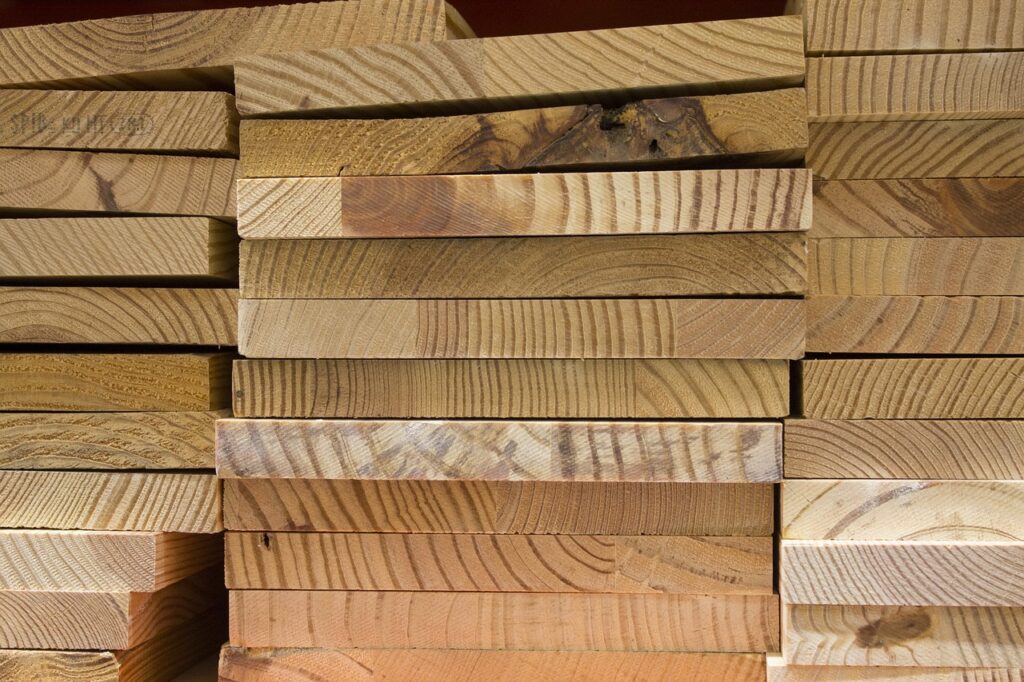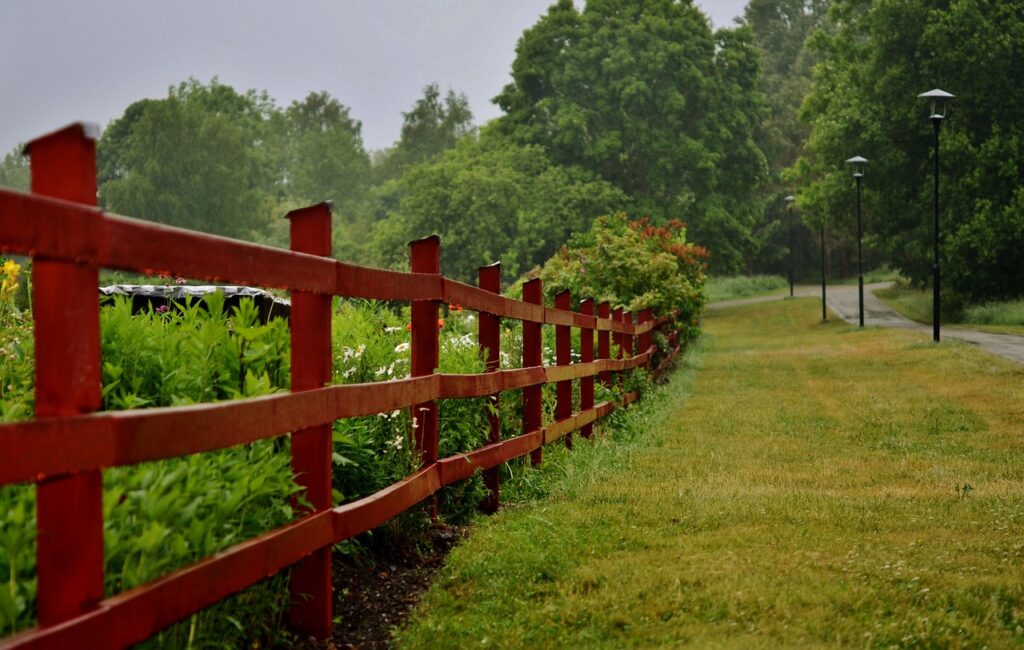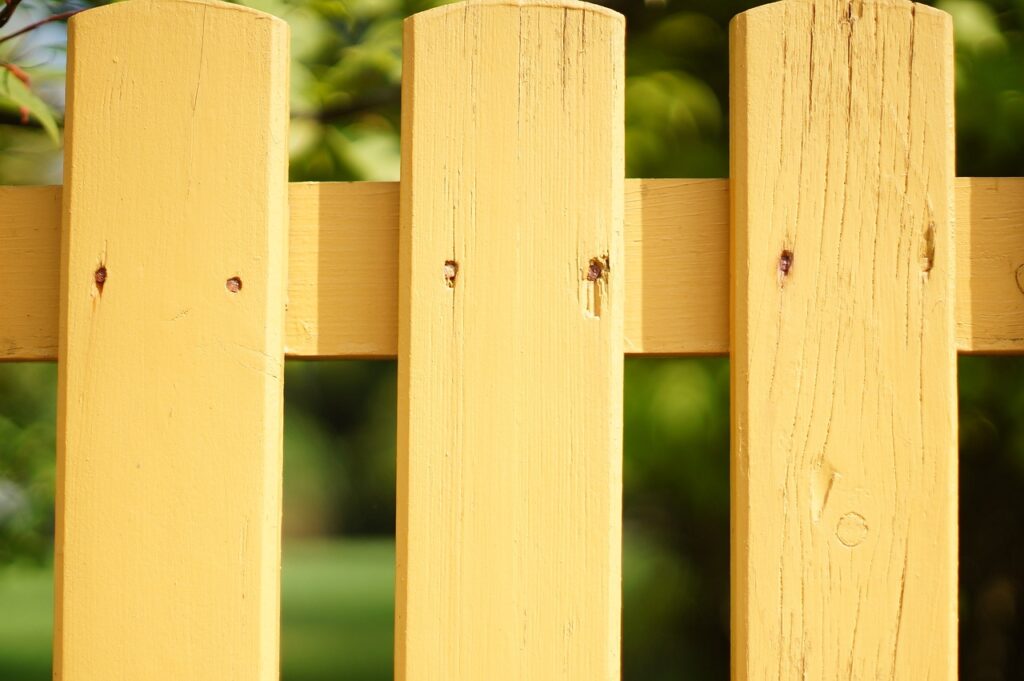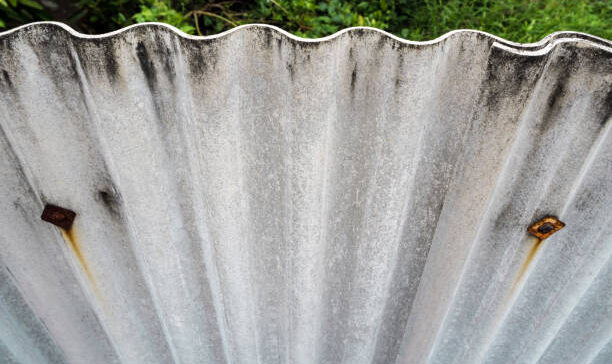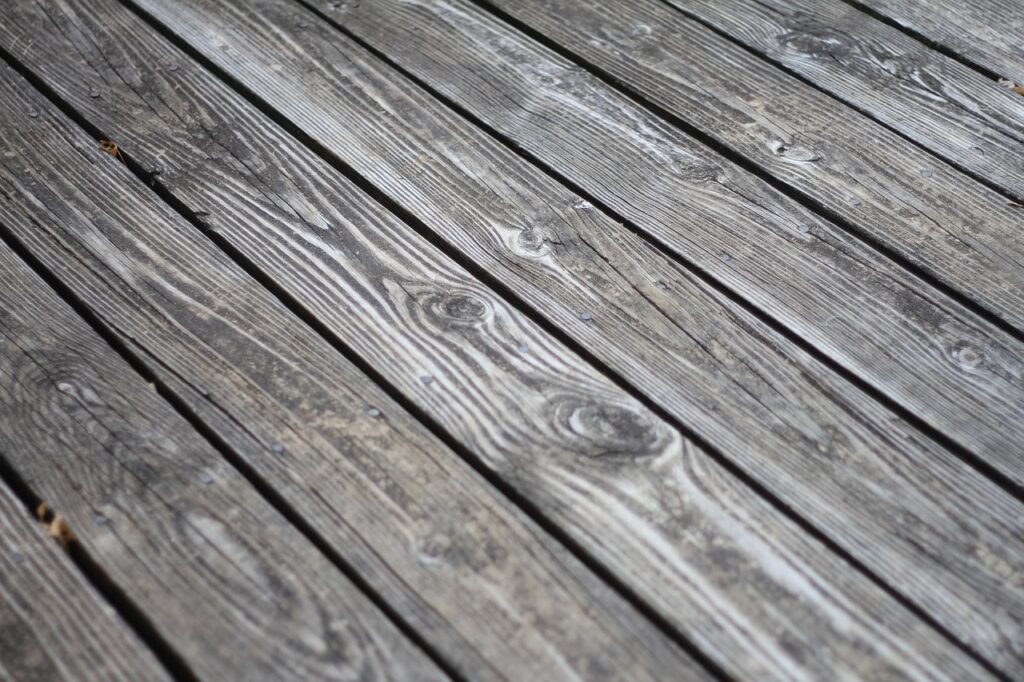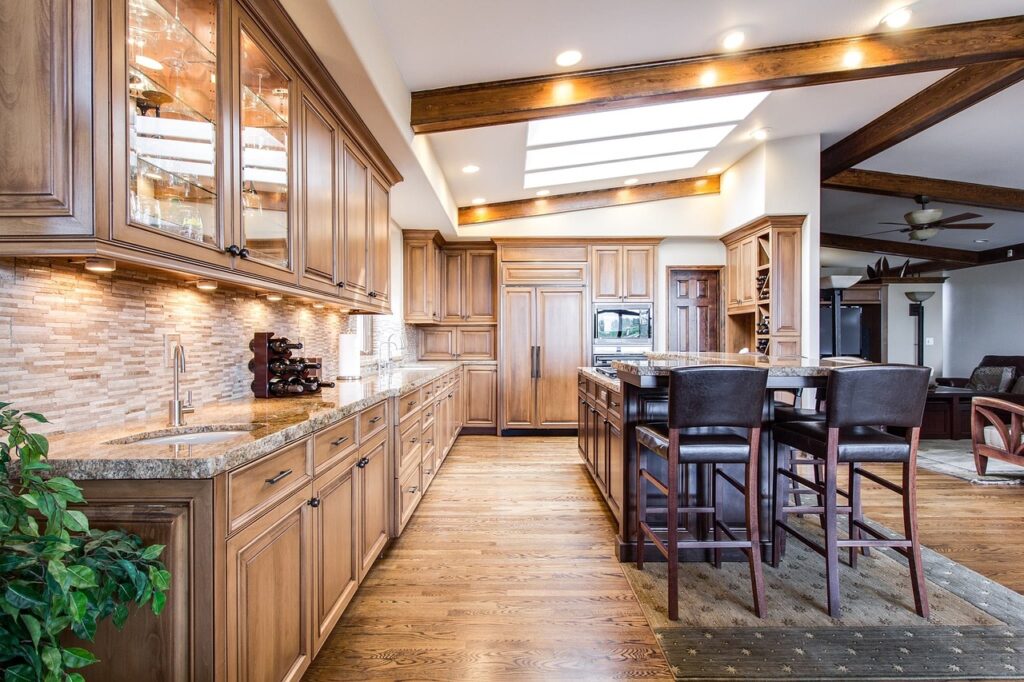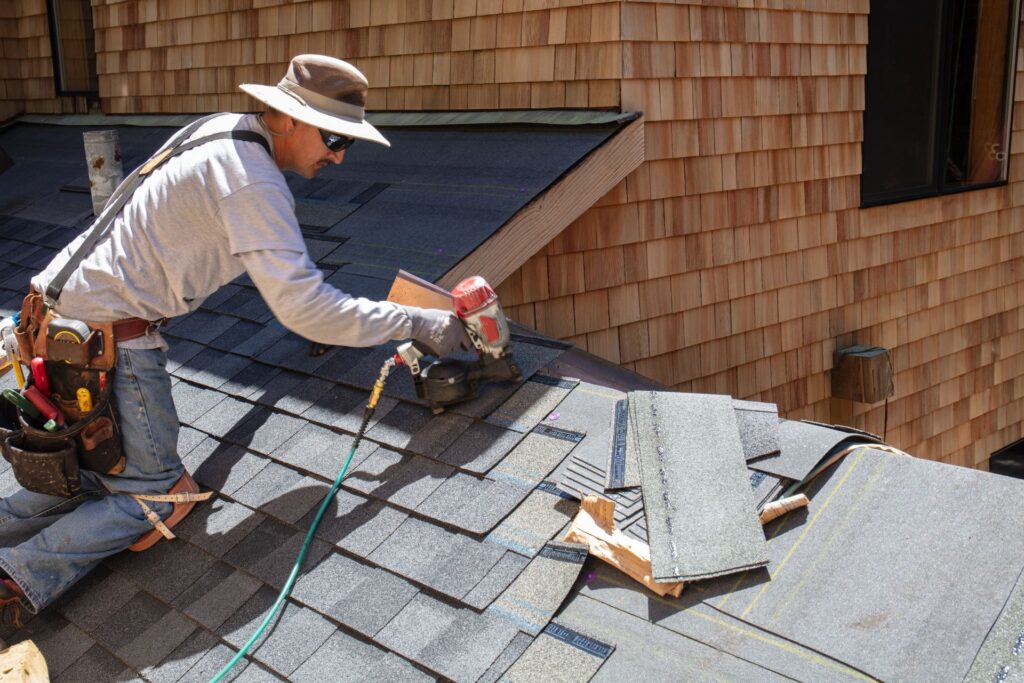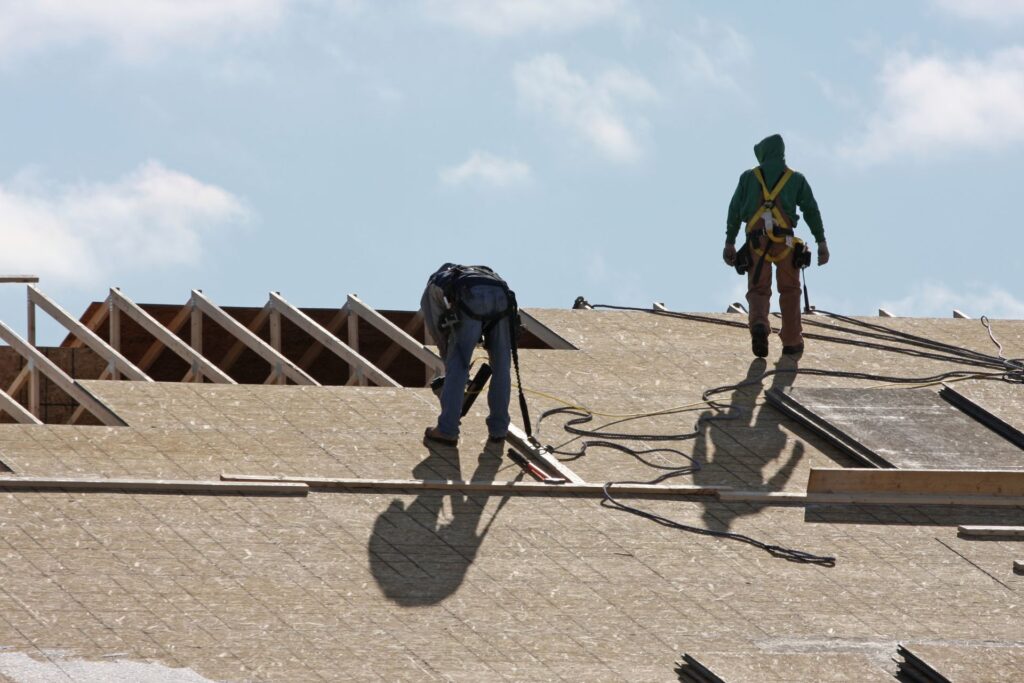Welcome to our comprehensive guide on understanding the cost of concrete curbs and gutters in New Zealand. Whether you’re a homeowner planning a landscaping project or a developer working on urban infrastructure, this guide is designed to help you navigate the various factors that influence the pricing of these essential elements. From material and labor costs to site preparation and long-term maintenance, we’ll cover everything you need to know to make informed decisions, ensuring your project not only meets your budget but also adds lasting value to your property.
On average, the cost of concrete curbs and gutters in New Zealand ranges between NZD 75 to $150 per linear meter, depending on factors such as material quality, labor rates, and site accessibility. Custom designs or complex installations may increase these costs.
- Understanding Concrete Curbs And Gutters
- Factors Influencing The Cost Of Concrete Curbs And Gutters In NZ
- Average Costs Of Concrete Curbs And Gutters In NZ
- Cost-Saving Tips For Concrete Curb And Gutter Installation
- Long-Term Value: Maintenance And Durability
- Comparing Concrete Curbs And Gutters With Alternatives
- FAQs: About The Cost Of Concrete Curb And Gutter NZ
- Conclusion
- Find A Professional Concrete Company Near You!
Understanding Concrete Curbs And Gutters
What Are Concrete Curbs and Gutters?
Concrete curbs and gutters play a crucial role in urban infrastructure and residential developments. These elements are essential for managing water runoff, guiding vehicular and pedestrian traffic, and enhancing the overall aesthetics of streets and roads.
Concrete Curbs
Concrete curbs are the raised edges found along the sides of roads or pavements. They serve multiple purposes, including:
- Defining the boundary between the road and the sidewalk or lawn areas.
- Preventing vehicles from leaving the roadway unintentionally.
- Channeling water into the gutter for proper drainage.
There are different types of curbs, each designed for specific needs:
1. Barrier Curbs: These are the most common type, featuring a steep, vertical face that provides a clear boundary. They are often used in urban settings to keep vehicles off sidewalks.
2. Rolled Curbs: With a more gradual slope, these curbs allow for easier vehicular access, often seen in residential driveways.
3. Slant Curbs: A variant of the rolled curb, slant curbs offer a smoother transition from the road to driveways or pedestrian areas, balancing accessibility and function.
Concrete Gutters
Concrete Gutters are the channels designed to collect and direct water runoff from streets and pavements into the drainage system. Gutters are integral to preventing flooding and water accumulation, which can cause road damage or create hazardous conditions for both vehicles and pedestrians.
Gutters come in various designs, including:
1. V-Shaped Gutters: These are commonly used in areas with significant rainfall as they can quickly channel large volumes of water.
2. Flat-Bottomed Gutters: Often found in areas with less severe weather conditions, these gutters are easier to maintain and clean but may not handle heavy water flow as efficiently as V-shaped designs.
Importance in Urban and Residential Settings
Concrete curbs and gutters are vital components of any urban or residential area for several reasons:
- Drainage Management: Properly designed and installed curbs and gutters ensure efficient water runoff management. This prevents water from pooling on roads, which can lead to surface deterioration, potholes, and hazardous driving conditions. By directing water away from the roadway and into appropriate drainage systems, curbs and gutters help maintain the longevity of streets and sidewalks.
- Traffic Management: Curbs serve as a physical barrier that guides vehicles, helping to manage traffic flow and improve safety. They delineate the boundary between vehicular lanes and pedestrian walkways, reducing the risk of accidents. In residential areas, rolled and slant curbs provide smoother access to driveways while still maintaining these safety features.
- Aesthetic Enhancement: Beyond their functional benefits, concrete curbs, and gutters also contribute to the visual appeal of neighborhoods and urban areas. They provide a clean, finished look to streets and can be customized in various shapes and finishes to complement the surrounding architecture and landscape design.
- Legal Requirements and Standards in New Zealand: In New Zealand, some specific legal requirements and standards govern the design, installation, and maintenance of concrete curbs and gutters. These standards ensure that curbs and gutters meet safety, durability, and environmental criteria. Compliance with these regulations is essential for property developers and public works projects to ensure public safety and infrastructure longevity.
In conclusion, understanding the different types of concrete curbs and gutters and their importance in urban and residential settings is crucial for anyone involved in property development or urban planning. These structures not only enhance the functionality and appearance of roads but also ensure compliance with legal standards, contributing to safer and more sustainable communities.

Factors Influencing The Cost Of Concrete Curbs And Gutters In NZ
When planning to install concrete curbs and gutters in New Zealand, it’s crucial to understand the various factors that can influence the overall cost of your project. Whether you’re a homeowner, developer, or contractor, being aware of these elements can help you budget effectively and avoid unexpected expenses. Here’s a detailed breakdown of the key factors:
Material Costs
Types of Concrete
The type of concrete you choose is a significant determinant of the cost. In New Zealand, standard concrete is typically the most economical option, but specific projects may require reinforced concrete, which can be more expensive due to the addition of steel reinforcement bars. Additionally, there are different grades and mixes of concrete that can affect the price. For instance, high-strength concrete might be necessary for areas with heavy traffic, which will increase the material costs.
Additional Materials
Beyond the concrete itself, other materials are needed to complete the project. These include reinforcement bars (rebar), aggregates, and potentially special additives that improve the concrete’s durability or workability. The cost of these materials can vary based on market conditions and the specific requirements of your project.
Labor Costs
Hourly Rates
Labor is another critical factor in the overall cost of installing concrete curbs and gutters. In New Zealand, the average hourly rate for skilled labor can vary depending on the region, with urban areas generally commanding higher rates. Experienced workers are essential for ensuring a quality finish, and their expertise comes at a premium.
Project Complexity and Duration
The complexity and duration of your project can significantly impact labor costs. Simple, straight curbs and gutters are quicker and easier to install, while projects involving curves, slopes, or intricate designs require more time and expertise, thereby increasing labor costs. Additionally, longer projects may incur higher costs due to the extended commitment of the workforce.
Site Preparation and Accessibility
Site Preparation
Before any concrete work can begin, the site must be adequately prepared. This includes grading, excavation, and sometimes the removal of existing structures. The extent of site preparation required depends on the condition of the land and the specifics of the project. In some cases, extensive preparation can add a significant amount to the total cost.
Accessibility Challenges
The location of the project site can also influence costs. If the site is in a remote area or is difficult to access due to terrain, additional expenses may be incurred. These could include the cost of transporting materials and equipment to the site, as well as potential delays caused by challenging working conditions.
Design and Customization
Standard vs. Custom Designs
The design of your curbs and gutters is another factor that affects cost. Standard designs are typically more affordable because they require less time and effort to install. However, if you opt for custom or decorative designs, the costs can increase. Custom designs might involve more complex shapes, patterns, or additional features that require extra time and materials to create.
Colored and Stamped Concrete
If you want to enhance the aesthetic appeal of your concrete curbs and gutters, you might consider colored or stamped concrete. These options allow for a wide range of design possibilities but come with higher costs. Coloring concrete involves the use of pigments, which can increase the material costs, while stamping requires specialized tools and expertise, adding to both labor and material expenses.
Understanding these factors will help you plan and budget for your concrete curbs and gutters project in New Zealand. By considering material options, labor requirements, site conditions, and design preferences, you can make informed decisions that align with your goals and financial resources.

Average Costs Of Concrete Curbs And Gutters In NZ
When planning any construction or landscaping project in New Zealand, understanding the costs associated with concrete curbs and gutters is essential. Whether you’re a homeowner looking to enhance your driveway or a contractor managing a large-scale development, having a clear idea of the average costs can help you budget more effectively. This section provides a detailed breakdown of these costs, taking into account various factors such as location, project size, and specific examples from both residential and commercial projects across the country.
General Cost Ranges for Concrete Curbs and Gutters in NZ
The cost of concrete curbs and gutters in New Zealand can vary significantly depending on a range of factors. On average, you can expect to pay between NZD 50 to $120 per linear meter. This wide range reflects differences in material quality, labor costs, and the complexity of the installation process.
- Urban vs. Rural Costs: One of the major factors influencing these costs is the location of the project. In urban areas such as Auckland, Wellington, or Christchurch, higher living costs and demand for construction services generally push prices towards the upper end of the spectrum. Conversely, in rural areas or smaller towns, the costs might be more affordable, often falling in the lower to mid-range of the scale. For instance, a project in Auckland might cost around NZD 100 to $120 per linear meter, whereas a similar project in a rural area could be closer to NZD 50 to $80 per linear meter.
Detailed Cost Examples: Real-World Applications
To provide a clearer picture of what these costs look like in practice, let’s delve into some typical project examples across New Zealand.
- Residential Projects: For a residential driveway in a suburban area, let’s say in Hamilton, the cost for installing concrete curbs and gutters might range from NZD 60 to $90 per linear meter. This would include basic excavation, pouring of concrete, and finishing work. A small driveway project requiring about 20 meters of curbing could therefore cost between NZD 1,200 and $1,800.
- Commercial Projects: On a larger scale, a commercial development such as a shopping center in a city like Wellington might require more extensive curbing and gutter work, spanning 200 meters or more. In such cases, economies of scale might come into play, reducing the per-meter cost slightly. However, due to the higher quality standards and potentially more complex designs, the cost might still range between NZD 80 to $110 per linear meter, leading to a total cost of $16,000 to $22,000 for 200 meters of curbing and guttering.
- Project Scale Influence: The scale of the project is another critical factor. Smaller projects, especially those in residential settings, tend to have higher per-meter costs due to the fixed expenses of setting up and mobilizing equipment. In contrast, large commercial or industrial projects benefit from bulk pricing and more efficient labor use, slightly lowering the per-meter price as the project size increases.
Understanding the costs associated with concrete curbs and gutters in New Zealand requires careful consideration of various factors, including location, project scale, and the specific demands of the project. Whether you’re in an urban center or a rural area, being informed about these cost ranges will help you make better decisions and ensure your project stays within budget. Always consider getting multiple quotes and consulting with professionals to get the most accurate estimate for your specific needs.

Cost-Saving Tips For Concrete Curb And Gutter Installation
When it comes to installing concrete curbs and gutters, cost is often a significant consideration. However, cutting corners can lead to poor quality and higher long-term expenses. Instead, focus on strategies that help you save money without compromising on quality. Below are some cost-saving tips that can make a big difference in your project.
Choosing the Right Materials
One of the most effective ways to manage costs in your curb and gutter installation is by selecting the right materials. Balancing quality with cost can be challenging, but it’s essential for the longevity and durability of your project.
- Quality vs. Cost: It’s crucial to select materials that offer the best balance between quality and affordability. While it might be tempting to go for the cheapest option, low-quality materials can lead to premature wear and tear, resulting in higher maintenance costs down the line. Instead, opt for materials that are durable yet cost-effective.
- Locally Sourced Materials: Consider using locally sourced materials to reduce transportation costs. Local suppliers often provide materials at a lower cost because there’s less transportation involved, which can also reduce your project’s carbon footprint. Additionally, locally sourced materials are typically better suited to the local climate, further enhancing the durability of your installation.
Hiring the Right Contractor
Selecting the right contractor is another critical factor in controlling costs for your concrete curb and gutter installation.
- Finding a Reputable Contractor: It’s essential to find a contractor who is both reputable and competitively priced. Look for contractors with solid references, positive reviews, and a portfolio of completed projects that demonstrate their expertise. A reputable contractor will provide quality workmanship, which can save you money by reducing the need for repairs or rework in the future.
- Getting Multiple Quotes: Always get multiple quotes before choosing a contractor. This not only helps you understand the market rate for your project but also allows you to compare what different contractors include in their pricing. Be sure to ask for detailed quotes that break down the costs, so you know exactly what you’re paying for and can avoid any hidden fees or unexpected expenses.
Planning and Timing
Proper planning and timing can significantly influence the overall cost of your concrete curb and gutter installation.
- Effective Planning: Thoughtful planning can lead to substantial cost savings. For instance, scheduling your project during the off-peak season can result in lower labor costs, as contractors may offer discounts to keep their crews busy during slower periods. Additionally, clear communication with your contractor about your expectations and requirements can prevent costly delays and changes during the project.
- Weather and Seasonality: Weather conditions and seasonality can have a big impact on installation costs. For example, working in extreme weather conditions can increase labor costs due to the need for additional protective measures or extended timelines. By planning your project for a time when the weather is favorable, you can reduce these risks and keep your costs under control.
In conclusion, by focusing on choosing the right materials, hiring a reputable contractor, and planning your project carefully, you can achieve significant cost savings on your concrete curb and gutter installation. These strategies not only help you stay within budget but also ensure that your project is completed to a high standard, reducing the likelihood of expensive repairs or replacements in the future.

Long-Term Value: Maintenance And Durability
When it comes to infrastructure, especially in urban environments like New Zealand, the long-term value of concrete curbs and gutters is an essential consideration. This section delves into the key aspects of maintenance costs, durability, and lifespan, helping decision-makers understand the full implications of their choices.
Maintenance Costs: A Crucial Consideration
Concrete curbs and gutters are integral parts of roadway and landscape design, providing both functional and aesthetic benefits. However, like any other component of infrastructure, they require regular maintenance to remain in optimal condition.
Overview of Maintenance Requirements
Concrete curbs and gutters are generally low-maintenance compared to other materials. However, they are not entirely maintenance-free. Regular inspections are necessary to identify any signs of wear, cracking, or displacement caused by weather conditions, vehicle impacts, or natural ground movement. Simple maintenance tasks might include cleaning to prevent blockage of drainage systems, sealing cracks to prevent water infiltration, and replacing sections that have become severely damaged.
Estimated Costs for Regular Maintenance and Repairs in NZ
In New Zealand, the cost of maintaining concrete curbs and gutters can vary depending on several factors, including the extent of the damage, the specific location, and labor costs in the area. Generally, the maintenance costs can range from a few hundred to several thousand NZD per year, depending on the scale of the infrastructure and the frequency of maintenance required. For instance, sealing minor cracks may be relatively inexpensive, while replacing entire sections of curbing due to extensive damage could be a more significant financial undertaking.
Durability and Lifespan: Investing in Quality
The durability and lifespan of concrete curbs and gutters are influenced by several factors, including material quality, installation practices, environmental conditions, and ongoing maintenance.
Factors Affecting Longevity
Several elements contribute to the durability of concrete curbs and gutters. High-quality materials, such as reinforced concrete, can significantly enhance longevity. Proper installation is equally crucial; ensuring that the base is well-prepared and that the concrete is adequately cured can prevent issues like cracking and shifting. Additionally, environmental factors, such as exposure to freeze-thaw cycles or heavy vehicle traffic, can impact the lifespan of these structures.
Cost-Benefit Analysis of Higher-Quality Materials
Investing in higher-quality materials for concrete curbs and gutters might have a higher upfront cost, but the long-term savings can be substantial. Premium materials and proper installation techniques reduce the frequency and severity of maintenance needs, thereby extending the lifespan of the infrastructure. Over time, this can lead to lower overall maintenance costs and fewer disruptions, providing a better return on investment. In the context of New Zealand, where weather conditions can be harsh, especially in regions prone to heavy rain or cold temperatures, opting for durable, high-quality concrete can be a wise financial decision.
Understanding the long-term value of concrete curbs and gutters, including the associated maintenance costs and durability factors, is crucial for making informed decisions in urban planning and infrastructure development. By considering both the short-term costs and the long-term benefits, stakeholders can ensure that they are investing in solutions that will stand the test of time, ultimately saving money and reducing the need for frequent repairs and replacements.

Comparing Concrete Curbs And Gutters With Alternatives
When selecting the best material for curbs and gutters, it’s essential to consider various factors, including cost, durability, and environmental impact. Concrete is a popular choice, but there are other materials available, such as asphalt, brick, and plastic. Each material has its pros and cons, making it important to evaluate them based on your specific needs and preferences.
Other Materials
Concrete vs. Asphalt
Concrete and asphalt are the two most common materials used for curbs and gutters. Concrete is known for its durability and long lifespan, often lasting several decades with minimal maintenance. It provides a clean, professional appearance and is highly resistant to weather and wear.
In contrast, asphalt is generally less expensive upfront but may require more frequent repairs and maintenance. Asphalt is more flexible, which can be an advantage in areas with extreme temperature fluctuations. However, its dark color may absorb more heat, leading to faster degradation in sunny climates.
Concrete vs. Brick
Brick offers a classic, aesthetically pleasing look that can enhance the visual appeal of a property. It’s often used in historic or upscale neighborhoods. While brick is durable, it’s not as strong as concrete and can be more susceptible to damage over time, especially in areas with heavy traffic or harsh weather conditions.
Cost-wise, brick is usually more expensive than concrete, both in terms of materials and installation. However, its unique appearance and the potential for long-term value can make it a worthwhile investment for certain projects.
Concrete vs. Plastic
Plastic curbs and gutters are a relatively new alternative, offering benefits such as ease of installation and resistance to corrosion. Plastic is lightweight and often more affordable than concrete. It’s also available in a variety of colors, allowing for more customization options.
On the downside, plastic may not be as durable as concrete, especially in high-traffic areas. It can also be more susceptible to UV damage, leading to potential brittleness over time. For projects where cost and ease of installation are priorities, plastic can be a viable option, but it may not offer the same longevity as concrete.
Environmental Impact
When considering the environmental impact of curbs and gutters, it’s important to assess the sustainability of the materials used. Concrete, while durable and long-lasting, has a high carbon footprint due to the energy-intensive process of cement production. This environmental cost can be a significant factor, especially for eco-conscious projects.
Asphalt, while more flexible and easier to repair, is derived from petroleum, making it less environmentally friendly. The production of asphalt also emits pollutants, although it’s worth noting that asphalt can be recycled, which helps mitigate some of its environmental impacts.
Brick, made from natural clay, is a more environmentally friendly option compared to concrete and asphalt. It requires less energy to produce and has a long lifespan. However, the mining and transportation of clay can still have environmental consequences.
Plastic, on the other hand, poses a different set of environmental challenges. While it can be made from recycled materials, plastic production is tied to fossil fuels, and its degradation can contribute to microplastic pollution. The overall environmental impact of plastic curbs and gutters depends on the type of plastic used and the availability of recycling options.
Cost Implications of Eco-Friendly Options
Choosing eco-friendly materials for curbs and gutters can come with higher upfront costs, but these choices often result in long-term savings and benefits. For example, while concrete might be more expensive initially, its durability reduces the need for frequent replacements, lowering the overall environmental impact over time.
Opting for brick, despite its higher cost, can offer environmental benefits and aesthetic value, potentially increasing property value. Plastic, though less expensive, may require more frequent replacement, which can add to long-term costs and environmental concerns.
In conclusion, when comparing concrete curbs and gutters with alternatives, it’s essential to weigh the pros and cons of each material in terms of cost, durability, and environmental impact. The right choice will depend on your project’s specific requirements, budget, and sustainability goals.

FAQs: About The Cost Of Concrete Curb And Gutter NZ
Conclusion
Understanding the key factors involved in the costs and benefits of concrete curbs and gutters is crucial for making informed decisions about your property. This article has covered the essential aspects, including the materials, labor, and design considerations that impact the overall expense and value of your investment. By recognizing these factors, homeowners can better appreciate the long-term benefits of properly installed curbs and gutters, which not only enhance curb appeal but also contribute to effective water management. It’s important to consult with professionals to get accurate, personalized quotes that align with your specific needs and to explore additional resources on related topics like driveway installation and landscaping to ensure a comprehensive approach to your property’s exterior improvement.
Find A Professional Concrete Company Near You!
- Asphalt Carpark Construction Wairarapa
- Asphalt Contractors Auckland
- Asphalt Contractors Hawkes Bay
- Asphalt Dannevirke
- Asphalt Driveways Tauranga
- Christchurch Concrete Services
- Concrete Contractors Nelson
- Concrete Contractors Tauranga
- Concrete Dannevirke
- Concrete Driveways Lower Hutt
- Concrete Driveways Upper Hutt
- Concrete Floor Slabs Kapiti Coast
- Concrete Foundations Kapiti
- Concrete Layers Auckland
- Concrete Layers Cambridge
- Concrete Layers Hamilton
- Concrete Layers Invercargill
- Concrete Layers Kapiti
- Concrete Layers Leigh
- Concrete Layers Levin
- Concrete Layers Lower Hutt
- Concrete Layers Mangawhai
- Concrete Layers Matakana
- Concrete Layers North Shore
- Concrete Layers Northland
- Concrete Layers Orewa
- Concrete Layers Palmerston North
- Concrete Layers Pukekohe
- Concrete Layers Rodney
- Concrete Layers Silverdale
- Concrete Layers Te Awamutu
- Concrete Layers Upper Hutt
- Concrete Layers Waikato
- Concrete Layers Warkworth
- Concrete Layers Wellington
- Concrete Layers Wellsford
- Concrete Manuwatu
- Concrete Services Rotorua
- Concrete Whangarei
- Hastings Concrete Company
- Hawkes Bay Concrete Company
- Napier Concrete Company
About the Author:
Mike Veail is a recognized digital marketing expert with over 6 years of experience in helping tradespeople and small businesses thrive online. A former quantity surveyor, Mike combines deep industry knowledge with hands-on expertise in SEO and Google Ads. His marketing strategies are tailored to the specific needs of the trades sector, helping businesses increase visibility and generate more leads through proven, ethical methods.
Mike has successfully partnered with numerous companies, establishing a track record of delivering measurable results. His work has been featured across various platforms that showcase his expertise in lead generation and online marketing for the trades sector.
Learn more about Mike's experience and services at https://theleadguy.online or follow him on social media:



